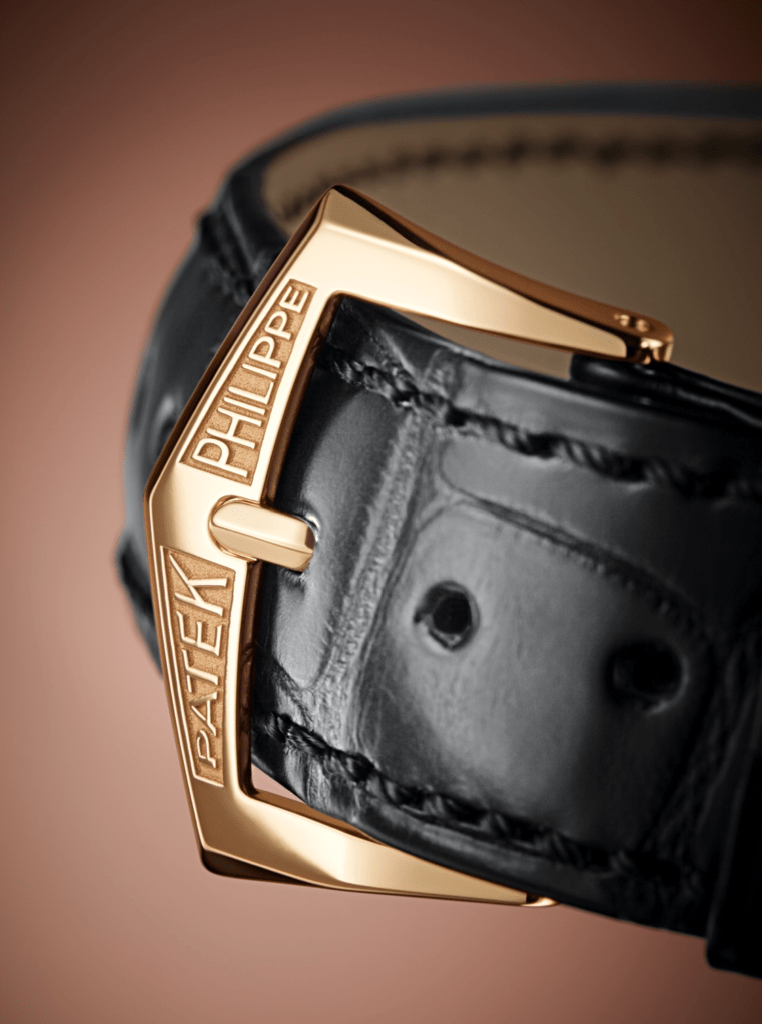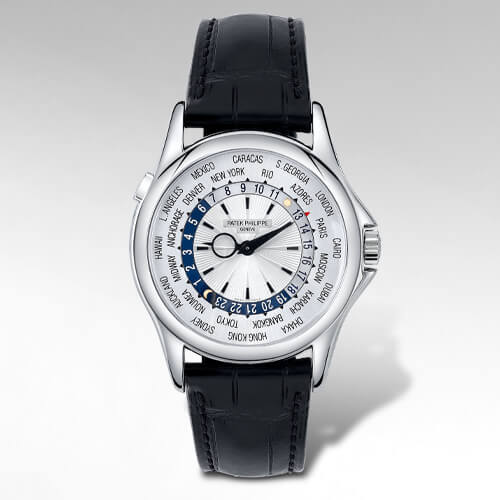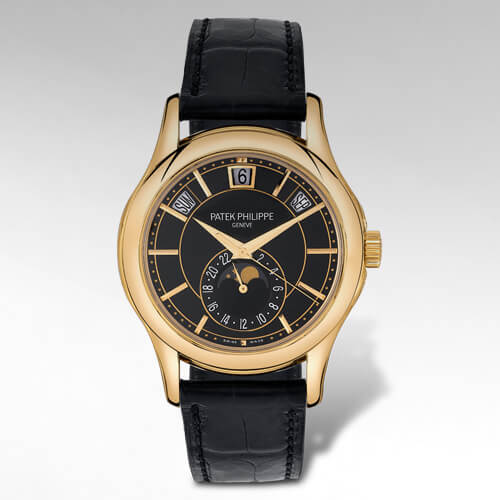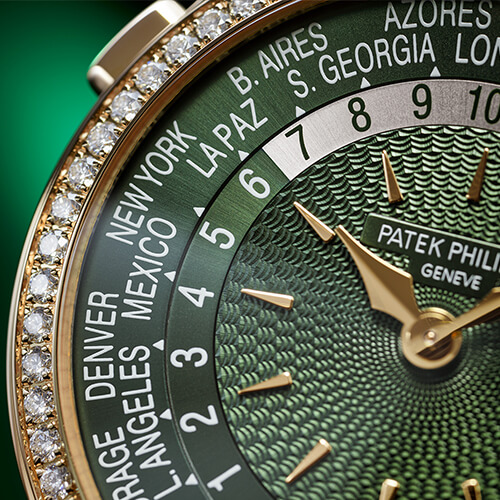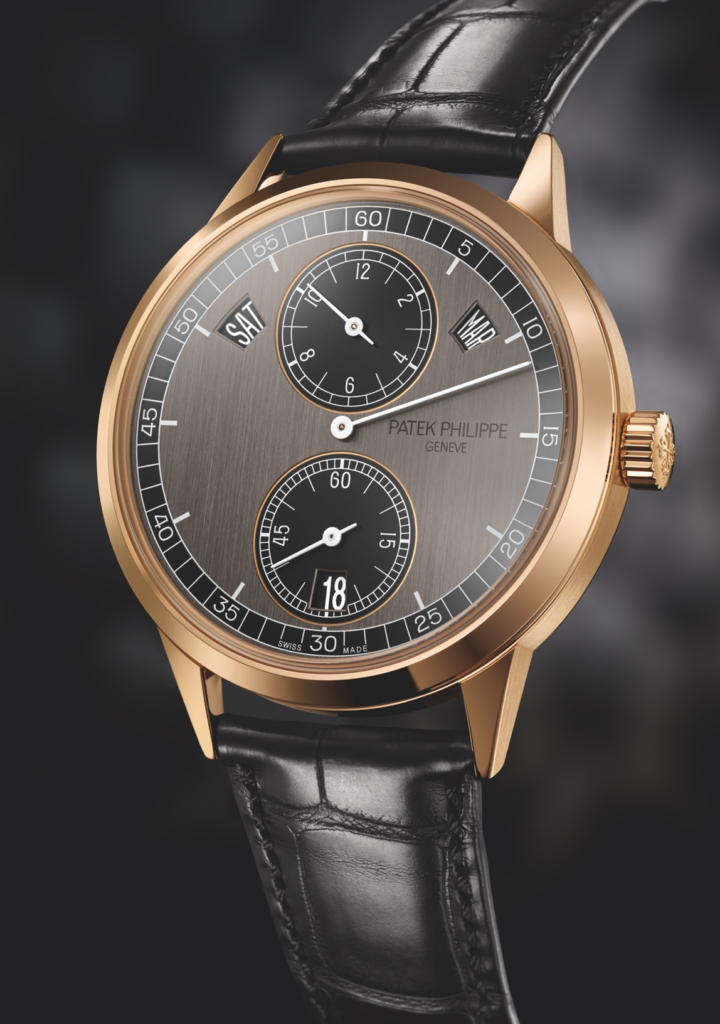Blog
A Closer Look … The Patek Philippe Annual Calendar Regulator Ref 5235
A modern adaptation of a traditional concept | by Michael A Fratangelo
One of my all-time favorite Patek Philippe references is the Annual Calendar Regulator— more commonly referred to as simply ‘the Regulator.’ My affection for this marvelous piece of mechanical art is well known among my fellow watch enthusiasts. Even my fiancé is aware of the emotional real estate the Regulator inhabits within my heart (I can picture her rolling her eyes as I say that). And as it approaches its 10th anniversary since the first deliveries were made, I thought we would revisit the watch that links the old world to the new world.
For a manufacturer whose priority is to make a product that matters while also remaining pure of gimmicks— it helps to have the independence to do so. It allows for limitless creativity and ample time to get it right. This is the environment in which Patek Philippe operates every single day; in fact, it’s been this way since the founders shook hands in 1839. In creating the brand’s first regulator wristwatch, they took every measure to ensure it would truly be a modern adaptation of a traditional regulator. Free of gimmicks and it would matter.
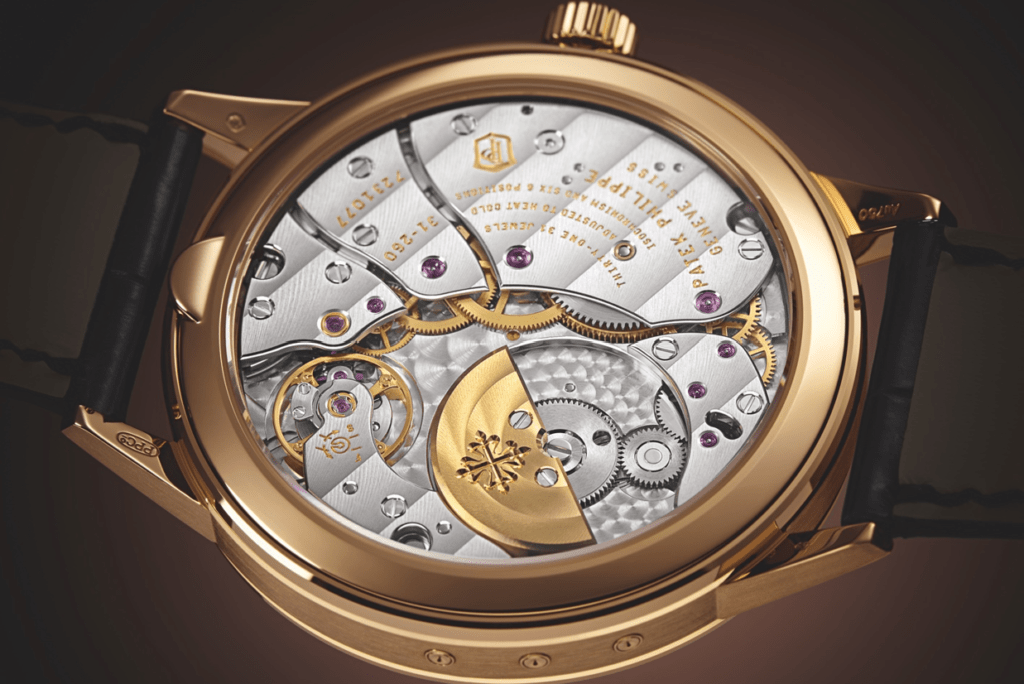
Filled with this ambition, Mr. Thierry Stern and the team launched their creative assault on developing an entirely new and advanced caliber. Although the official launch would be delayed, the result would be a timepiece that celebrates a bygone era of watchmaking with an advanced, forward-thinking, soul. The face of the watch, not resembling anything in the entire collection, instantly captures your attention. That’s usually a sign there’s something more here that must be explored. And the best place to start is with a bit of history on early Regulator clocks.
I recall my first time seeing the pendulum clock that inspired this very project in the office of Philippe Stern (honorary president). Quietly standing there, the earlier signature Patek Philippe & Co. on the dial, pendulum quietly swaying – thinking how cool it was. In the early twentieth century, watchmakers, observatories, and people, in general, relied on standing pendulum clocks for precise time. Watchmakers would take a measure of accuracy by observing the movement of the second hand in comparison to that of the pendulum clock. The need for the hour display was secondary, with the primary focus on the seconds. This configuration of the hour and the second indications in sub-dials, with a central sweeping minute hand, serves a very practical purpose. Imagine having a central hour hand creeping slowly around the dial and obstructing the seconds hand between ten and two o’clock every day. How frustrating that would have been for the craftspeople. By adopting this arrangement which separates the minute, hour, and second hand, they avoided those long periods of overlap. Very smart.
However, not smart enough as they would eventually be replaced by quartz and radio-controlled instruments. That leaves these free-standing timekeepers to still be adored for their beauty nowadays, and less for the service they provide (a sentiment I hardly think anyone will echo about me in my later years).
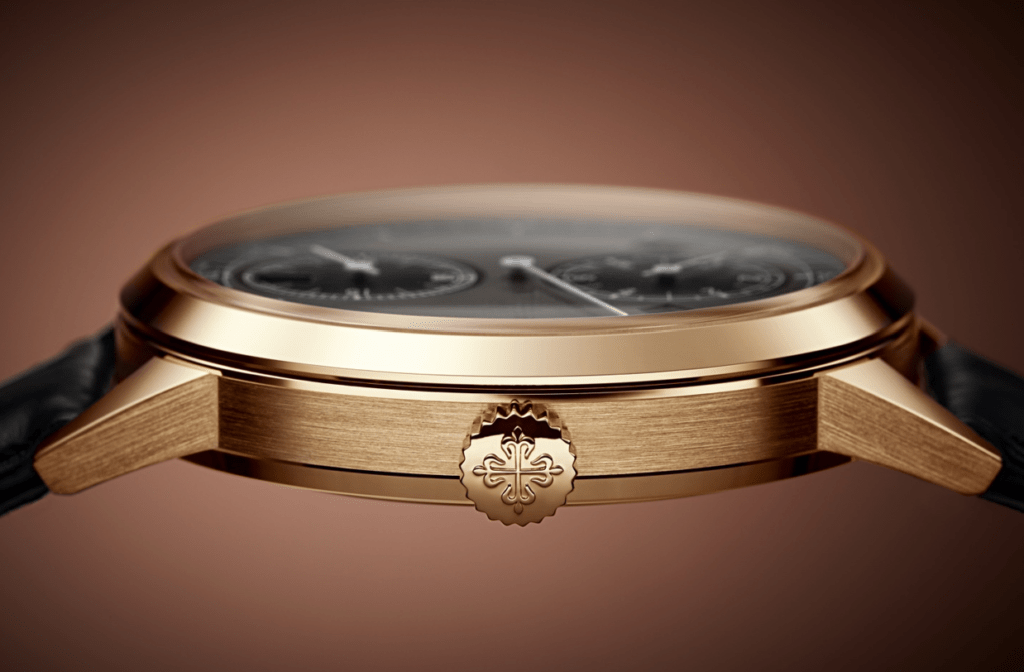
These early clocks would serve as the inspiration for Patek Philippe’s designers in opting for a style that is truly reminiscent of the utilitarian character of its pendulum predecessors by applying a combination of satin finish and sharp linear-shaped hands. Turn it over and you’ll be mesmerized. As I mentioned earlier, only a new movement befitting the avant-garde aesthetic would do. Although ultra-thin was desired, the legendary base caliber 240 was not the answer. Not with its display of the subsidiary dial at five instead of the six o’clock position. Therefore, the development team went to work creating the proper movement that addresses the unusual configuration needed. The result of their effort would be the caliber 31-260 which they would equip with an Annual Calendar. Quite the achievement, and one that makes me weak all over.
The movement showcases a modern innovation by placing Silinvar® technology center stage. This novel, patented material derived from silicon was developed by the Advance Research department and embodies a heavenly range of properties for watchmaking. The escapement (Pulsomax®) – reserved for limited application production models until now – is featured here alongside a Spiromax® balance spring. Entirely antimagnetic, these fearsome components bravely resist the forces of magnetism thereby maintaining a greater rate of accuracy than their steel counterparts. How appropriate then that Mr. Stern would integrate this high degree of mechanical tech into his Regulator. By doing so, he elevated this reference to a whole other level.
Prepare to be dazzled by an exceptional view when peering through the sapphire-crystal display back. The off-set micro-rotor enables greater visibility of traditional hand-finished Swiss artistry including the Geneva striping and Geneva circular graining. The movement comes alive with textures and sparkle. An overall indulging exhibit for the viewer. And among all of this decorative brilliance, we are just able to see the blue Silinvar® componentry quietly keeping the rhythm of accuracy. Remember when I mentioned the regulator clock’s primary purpose was for the setting of watches to the nearest second? Well, thanks to a hack seconds function – which pauses the seconds hand enable accurate time setting just like a watchmaker. This level of detail, along with the nostalgic charm of the dial, makes me think of the craftspeople diligently working at their benches more than a century ago.
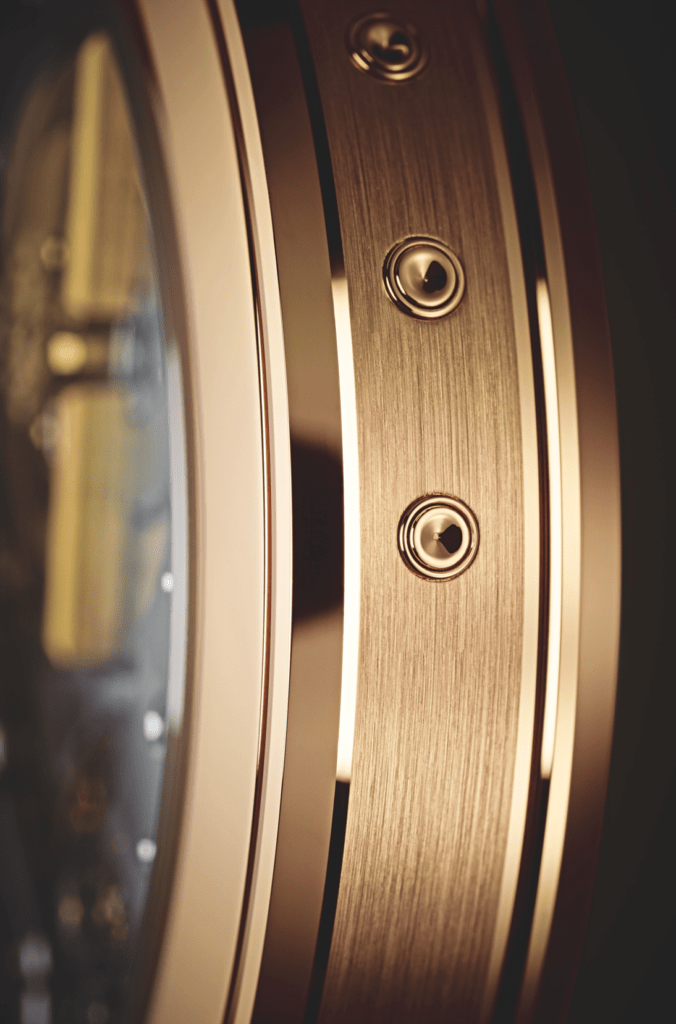
This theme of precision is inherent in the internal dynamics of the watch but even in the construction and finishing of the exterior as well. You feel it when holding the 18K gold Calatrava case in your hands. The bold angular shape of the lugs contoured just right for a snug fit on the wrist. Study them, and you’ll find yourself wondering how difficult the task of a polisher must be to reach into such tight spaces. And it’s no surprise that Patek Philippe even sprinkled its magic dust on the pin buckle as well with an exclusive design to bring it all together – an elegant dash of art deco engraving. The perfect finish.
Concerning the delays following the launch, it reflects a major principle of Mr. Stern. He will not release a new watch until it is perfect – this was the case with the Regulator. It made him sad to do because of the excitement the unveiling originally stirred up in 2011. Although the delays cooled the initial fervor, it allowed the engineers to further analyze the behavior of the new movement. A prudent move gave all of this additional understanding would be essential in providing future servicing.
This is the Annual Calendar Regulator as envisioned by Patek Philippe filled with detail that matter. Now, almost 10 years since its first deliveries, horological connoisseurs are adding this modernized rendition to their wish list.
